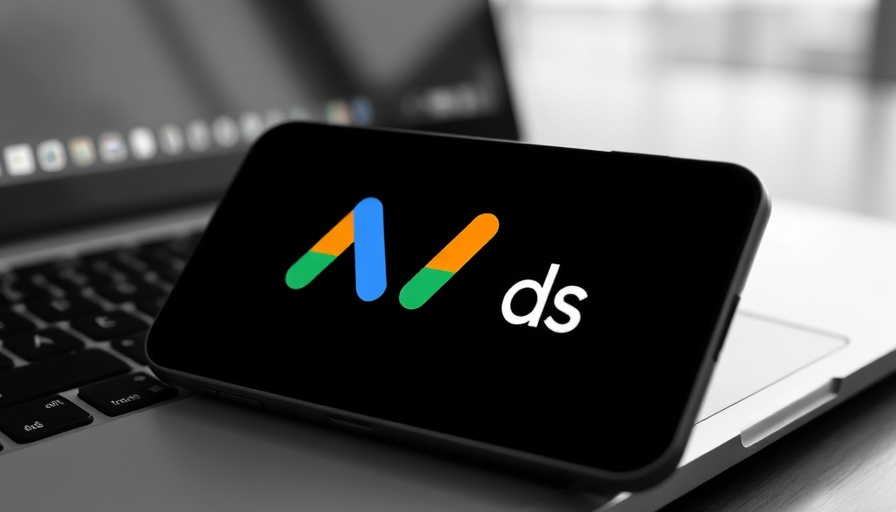
Google's Latest Update: What You Need to Know About Responsive Search Ads
In a significant move to enhance the effectiveness of its advertising platform, Google has updated its Responsive Search Ads (RSAs), providing marketers with more flexible and contextually relevant tools for their campaigns. This update aims at optimizing the pairing of ad assets while still embracing the power of artificial intelligence to dynamically deliver tailored ads to users.
Changes Making an Impact on Advertisers
The recent modifications focus chiefly on how Google assembles ad assets, giving marketers greater control over the messaging while continuing to leverage AI-driven automation. From now on, Google enables up to two headlines to display in areas previously reserved for sitelinks, provided that these combinations are predicted to enhance performance. For those frustrated with Google’s earlier algorithm, which often mixed and matched headlines and descriptions in confusing ways, this update promises a more cohesive ad presentation.
Contextual Clarity: A Step Towards Improved Engagement
The move to allow two headlines in the sitelink space demonstrates Google’s commitment to ensuring that ads make more contextual sense. Advertisers can now rest easy knowing that disjointed messaging or unnatural pairings are less likely to occur. The goal is clear: improve user experiences by enhancing the way ads are displayed based on relevant user queries.
Precision Reporting for Better Performance Measurement
This update also introduces improvements to the asset pinning functionality and reporting capabilities. Advertisers can still pin their headlines and descriptions as per their preferences, ensuring that critical messaging does not get lost in automation. The combination reporting feature will also provide insights into the most commonly served combinations of headlines and descriptions, a crucial step for fine-tuning future campaigns.
Why This Matters to Your PPC Campaigns
This change is more than just a technical tweak; it has tangible implications for how advertisers structure and optimize their ads. Greater flexibility in asset use means advertisers can utilize their creative resources more effectively, aligning their headlines and descriptions with user intents and search behaviors. Consequently, this can lead to higher engagement rates and improved conversion potential.
Anticipating Future Changes in Search Advertising
As AI continues to evolve, we can expect further advancements in how Google manages and optimizes ads. The latest RSA updates suggest a trend toward more nuanced and customized advertising experiences. Advertisers who adapt quickly to these changes will likely see improved performance and more significant returns on their advertising investments, making it imperative to stay informed and agile.
In conclusion, embracing these updates could be a positive step toward achieving more relevant and impactful PPC campaigns. Marketers should take the time to analyze the mechanics of these changes and refine their strategies accordingly, ensuring that their ads resonate effectively with target audiences.
 Add Row
Add Row  Add
Add 






Write A Comment